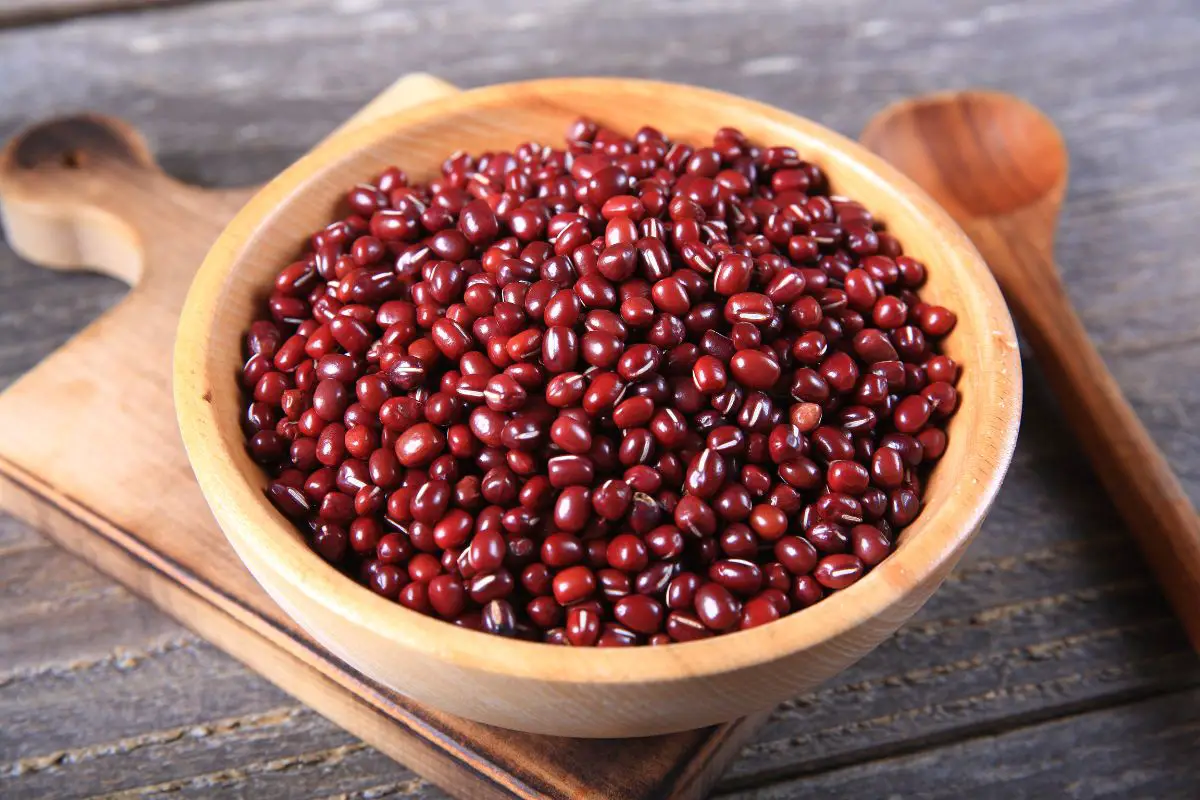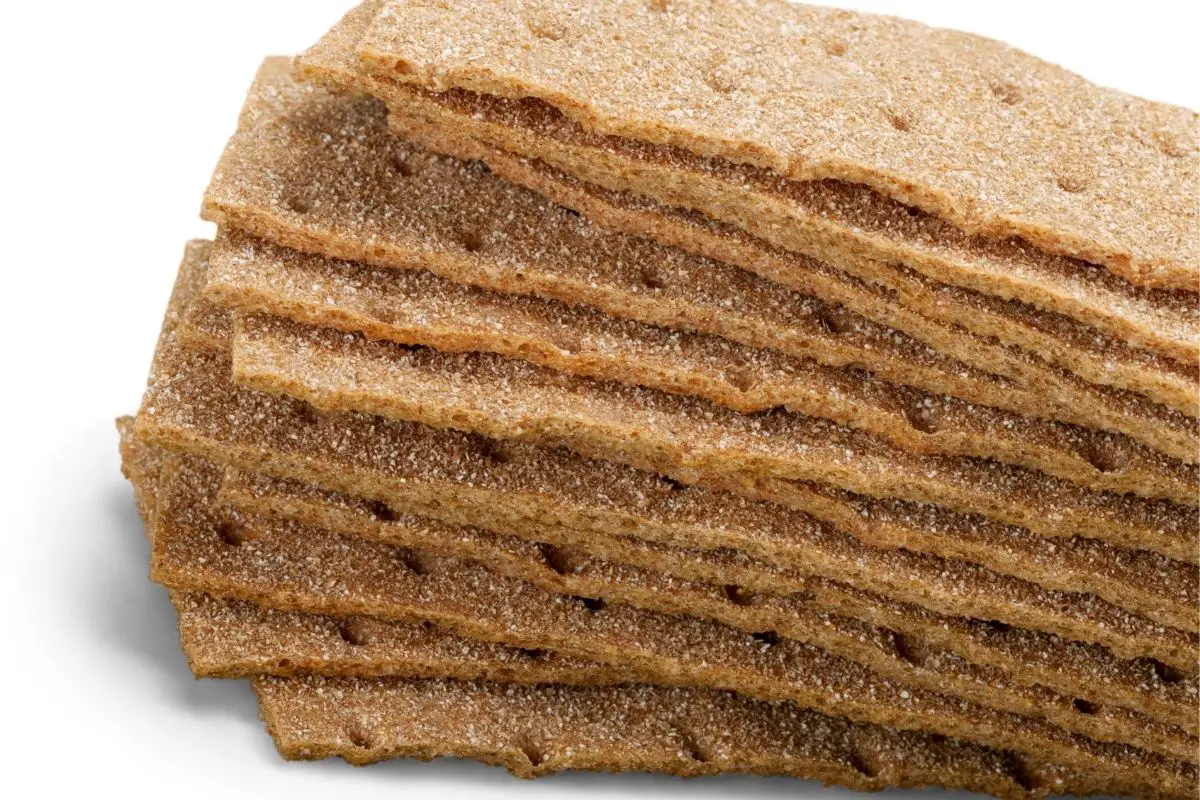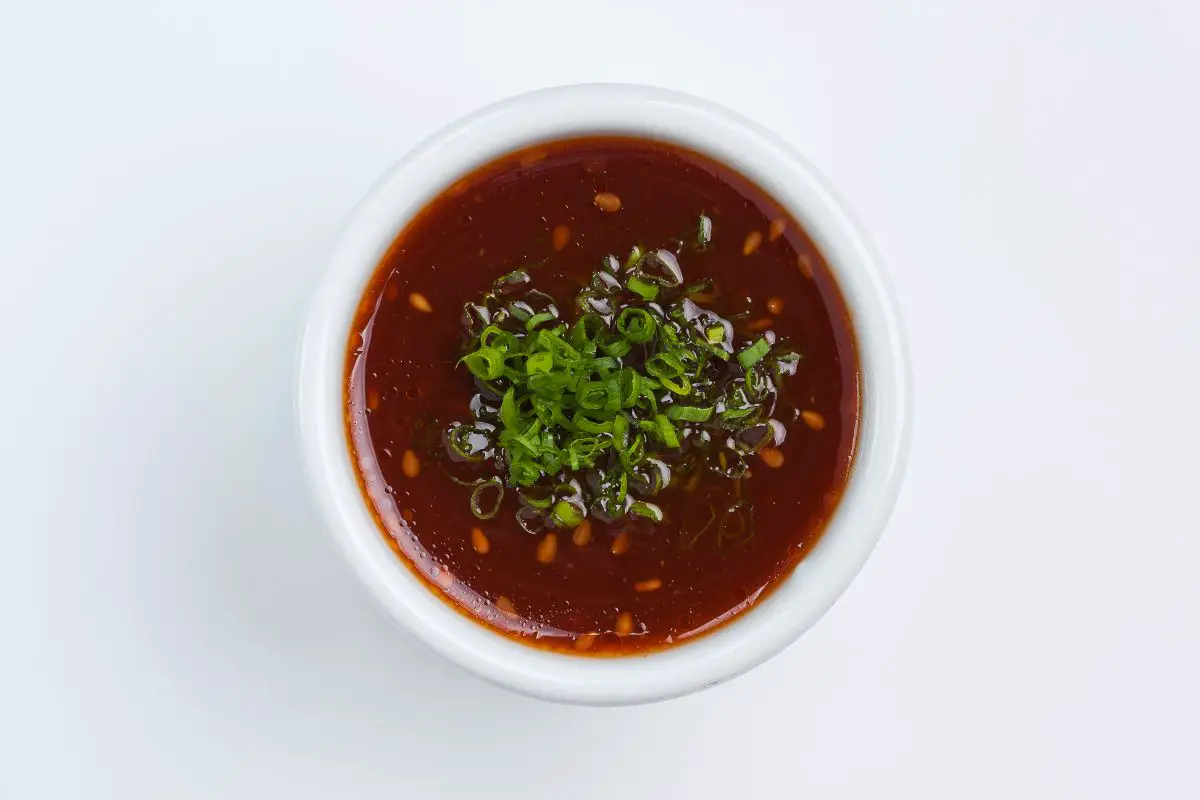Grapes are a popular fruit, enjoyed throughout the world and used in numerous different industries.
But despite this, there are many who might be unaware of the various varieties of grapes that are available – considering only the green, black, and red grapes available in stores.
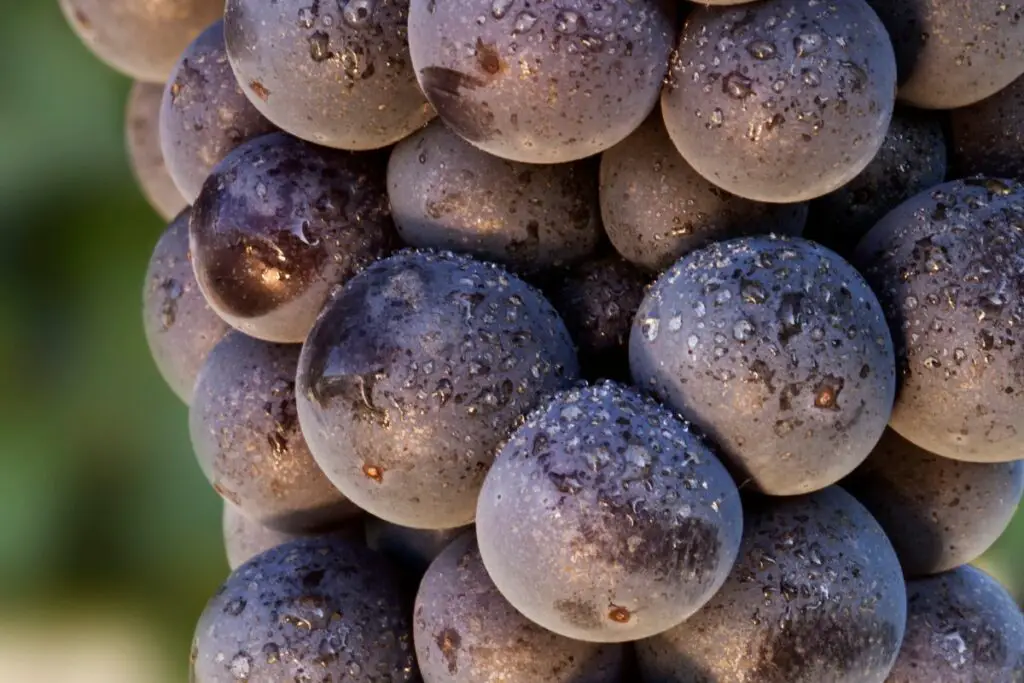
However, there are many different kinds – each one offering something a little different in terms of taste and smell. One kind is the corvina grapes, widely used throughout Italy, but what are they used for, and what exactly do they taste like?
What Are Corvina Grapes?
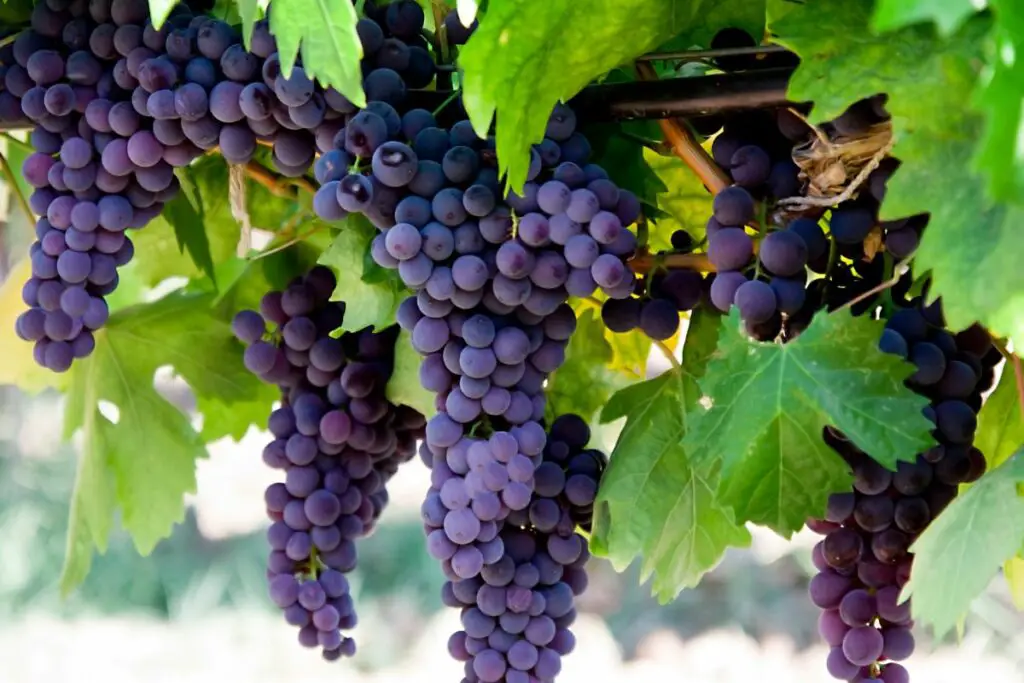
Also referred to as Corvina Veronese, and Cruina, corvina are a variety of Italian winemaking grapes found and widely used throughout the Veneto region of northern Italy.
Producing light, medium bodied wines with a crimson coloring, corvina grapes can sometimes be tart, and as such have been the subject of experimental barrel aging processes throughout the region, with the hopes that doing so will add more body, structure, and complexity.
What Do Corvina Grapes Taste Like?

Along with their naturally tartness, corvina grapes are also prone to a bitter almond aftertaste, as well as a finish that has often been compared to sour cherry flavor.
This means that, in its unaltered form, corvina wine can be somewhat polarizing, even amongst wine aficionados.
This is why various measures are being taken to ensure the continued longevity of this complicated wine – with one such method being the barrel aging processes mentioned briefly above.
How Does Barrel Aging Work?
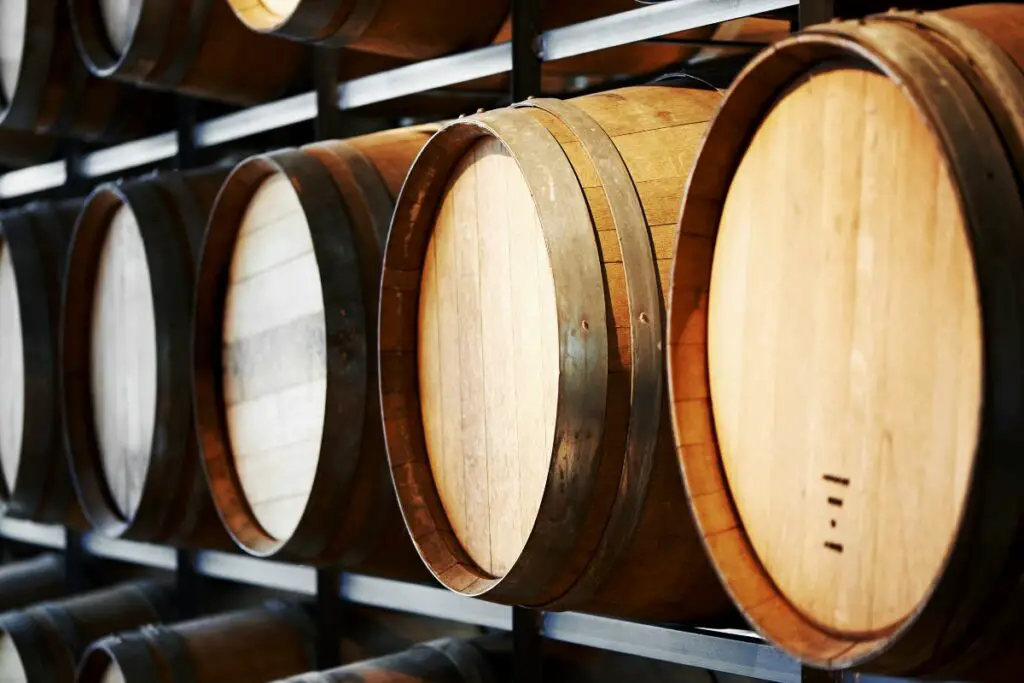
During the winemaking process, barrel aging can be a vital tool for the enhancement of the color, the taste, the smell, and the overall character of the wine.
Using oak barrels, or with free floating wood chips, this can be a great way of introducing color, flavor, and most importantly, tannins, into the wine – not to mention various positive traits associated with minor evaporation and low level oxygen exposure.
Oak barrels are used due to the porous nature of the wood – a nature that allows evaporation and oxygenation to occur.
Both of these processes would normally cause spoilage, such is the thickness of the oak that it manages to walk a fine line that many other materials can simply not deliver on.
What Is The Viticulture Of Corvina Grapes?
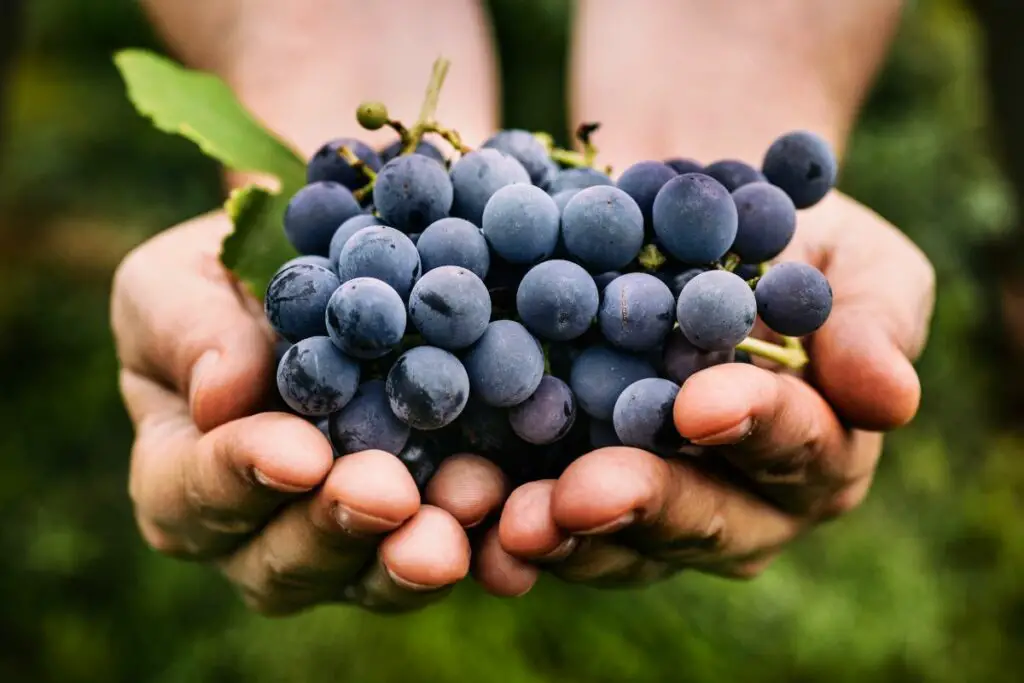
When we talk about grapes, we often discuss their viticulture – that is, their patterns and reliability with regards to growth rate, ability to thrive, and the yield that they produce.
When it comes to corvina grapes, they generally ripen late, and are especially prone to producing large yields – making them a really resilient, and reliable, grape for winemakers to use.
However, during the first growth cycle, the buds do not produce fruit, which means that grows have to wait until the next before they can expect to see the fruits of their labors.
Generally speaking, the vines of the corvina need to be teased over a pergola – allowing for long cane, and the production of more buds come season.
Are Corvina Grapes Popular?
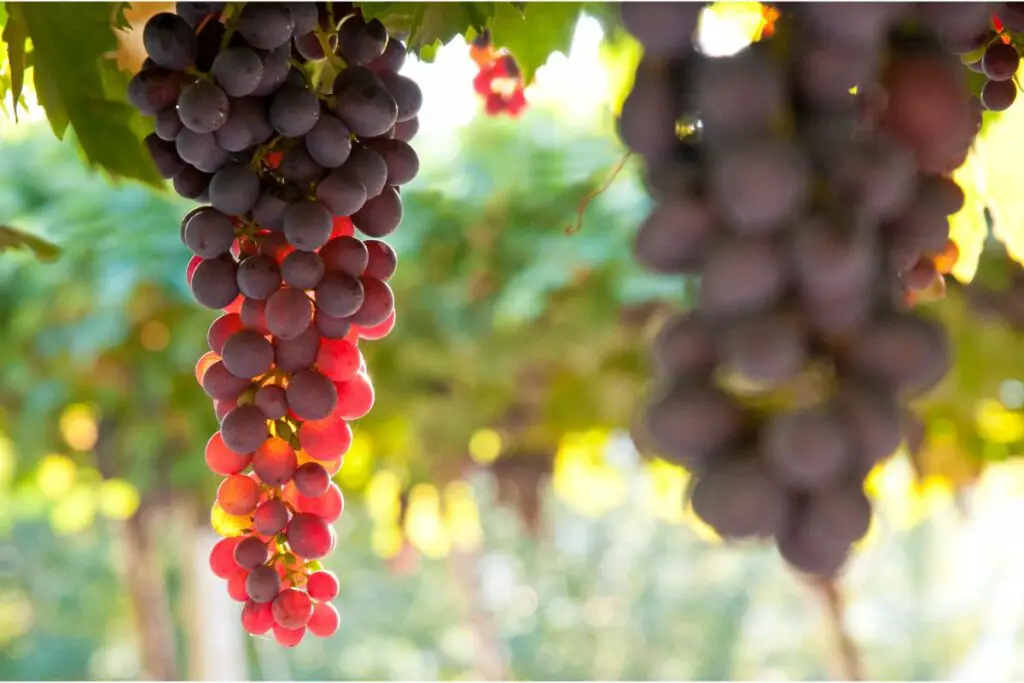
This is something of a complicated question, namely due to the unpredictable nature of the corvina wine itself – which has dipped in and out of popularity throughout the entire 20th century.
Despite being widely grown and used within Italy, corvina-based wines have yet to take the world by storm, and at present, only Argentina and Australia have had noted success with corvina wines on their domestic markets.
Due to the extraordinarily high yield of the corvina grape vines, this has come to make the wine associated with low quality and cheapness, something that has proven near fatal at times for sellers of this product.
This fact alone has been responsible for many fine wine makers setting yield limits in their fields, to ensure only a desirable yield remains.
Is Corvina Wine Low Quality?
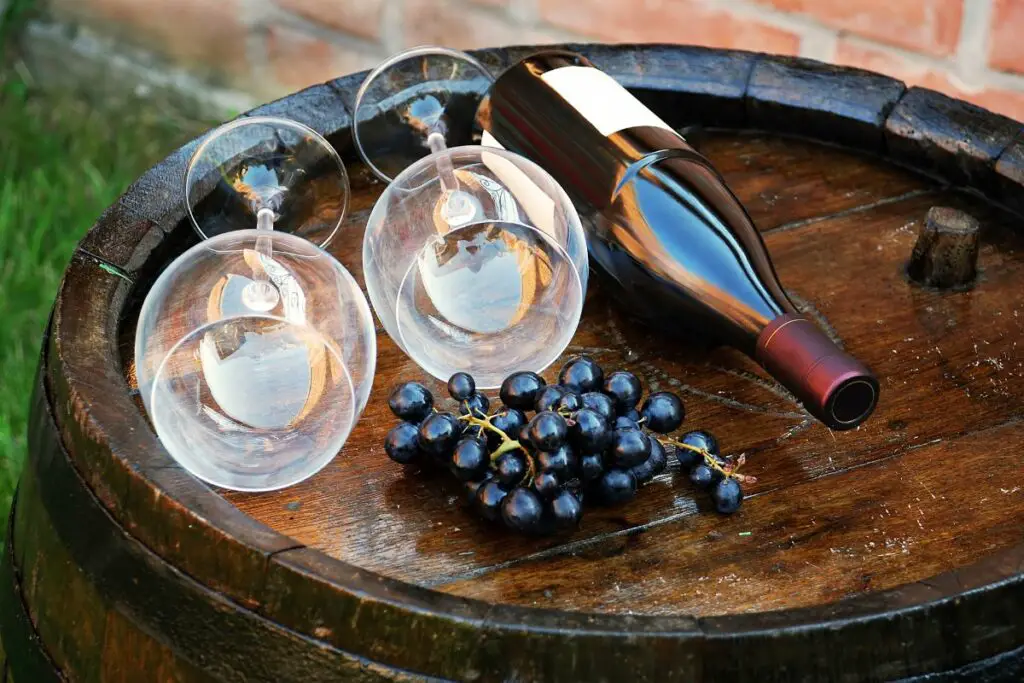
While much of the corvina wine that is produced in Italy, Argentina, and Australia is actually very nice, and enjoyed by those who are proponents of the style, it still does have the reputation of being low quality.
For this reason, winemakers have taken great measures to ensure that their grapes grow within more desirable conditions, and that the yield of grapes they get is not so high as to damage the quality and their reputation even further.
All in all, the corvina grape is a risky one, and while some do very well with a controlled yield and exceptional care taken, it has also been the death knell for countless winemakers throughout the 20th century alone.
Is Corvina Wine Nice?
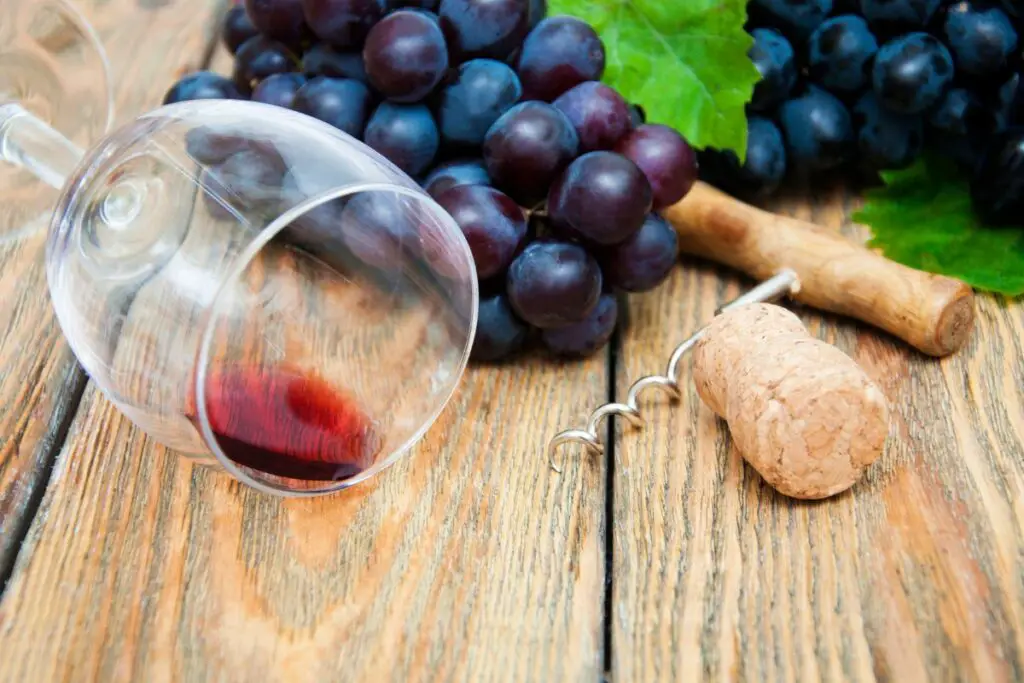
So this begs the question: is corvina wine actually nice.
The word nice in itself might be something of a vague and subjective term – as one person’s idea of nice can be completely different from another’s.
However, the general consensus of the wine is that, due to the high acidity, tartness, and occasionally bitter aftertaste, that it is certainly a weak contender when it stands alone.
However, corvina wine has frequently found success as a blending wine, being combined with other grapes and recipes in order to create something a hybrid wine – usually with something sweeter and richer to nullify the bitterness, tartness, and acidic undertones.
One such example is in the production of Amarone della Valpolicella – a wine that corvina grapes are oddly suited to, due to their low tannin count and thick skins, the latter of which makes them especially good for air drying.
It is in this way that, throughout the 20th century especially, corvina wines have found more success as a secondary ingredient, rather than a sole winemaking grape.
Some Interesting Facts About Corvina Wine

Despite their somewhat polarizing nature, not to mention their complex history, corvina wines are still popular, and can be enjoyed in many ways.
What Are They Similar To?
Corvina wine is frequently compared to Rondinella, but most experts in the field commonly attribute the flavor and color of corvina wine to be more similar to wines in the Beaujolais family.
How Are They Served?
Generally speaking, corvina wines are usually served slightly chilled, and this is considered the best way to present them – and to get the best flavor and aroma.
What Can They Be Paired With?
Corvina wine is usually paired with local Italian delicacies, such as antipasti and bruschetta, although some less common, more modern pairings can include grilled salmon and fried pork chops.
The wine also goes well with chicken and chorizo dishes, and as such is a popular companion to large, informal banquets with family and friends.
Final Thoughts
And there we have it, everything you need to know about corvina, and what exactly it tastes like!
It’s that throughout Italy, grapes have long since been a staple – not only of cooking, but also of the historic and traditional winemaking processes that have long governed the country’s economy.
However, as this article highlights, this tradition would be nothing without the corvina grape.
So if you are looking for a great tasting grape for cooking, eating, or winemaking, then why not consider the corvina? Something tells me you won’t be disappointed!
What Does Corvina Taste Like?
Course: Taste Like4
servings30
minutes40
minutes300
kcalIngredients
Corvina Grapes
Ingredients from your favorite recipes
Directions
- Depending on the ingredients used, the cooking method, and the type of dish, the taste of the food can vary greatly.
- Make sure to select a recipe that will elevate the food’s original flavor, and enjoy experimenting with different recipes!
- What Exactly Do Chickpeas Taste Like? Is There A Distinct Flavor? - September 30, 2023
- Top 11 Low Carb Options at Sonic Drive-In for Keto Diet - September 30, 2023
- What Should You Serve Alongside Potato Salad? 8 Incredible Side Dishes - September 30, 2023


